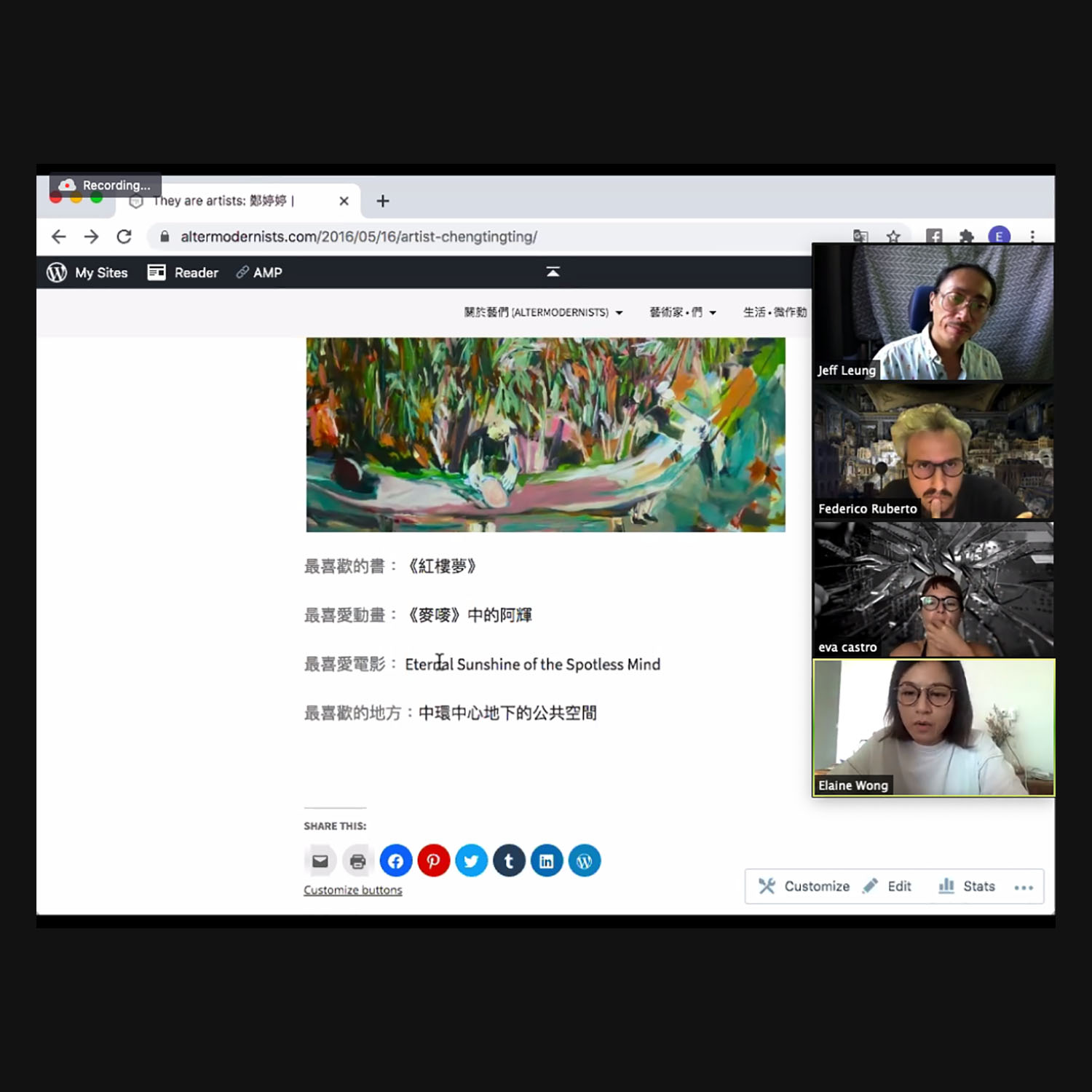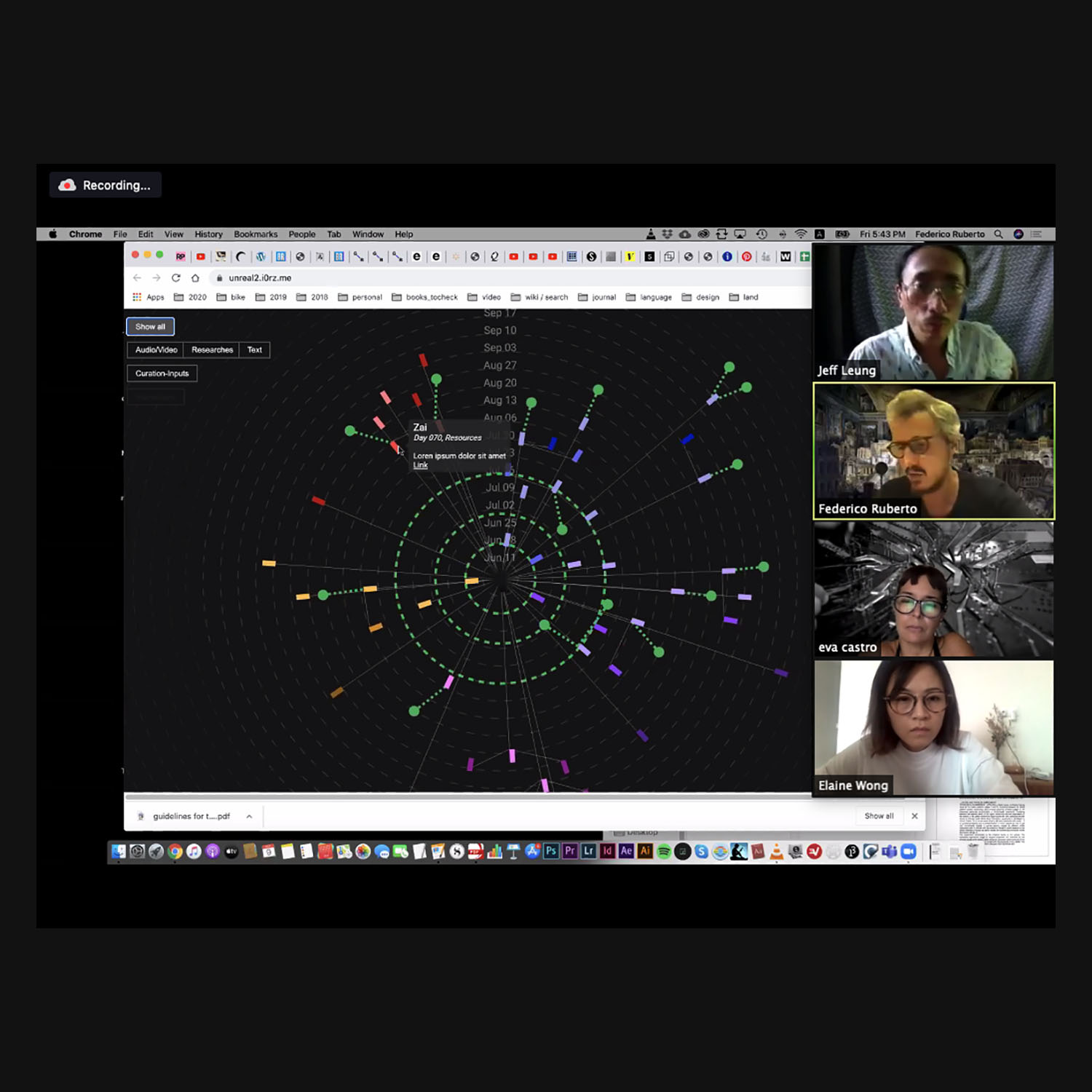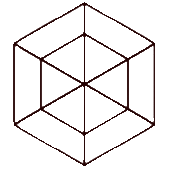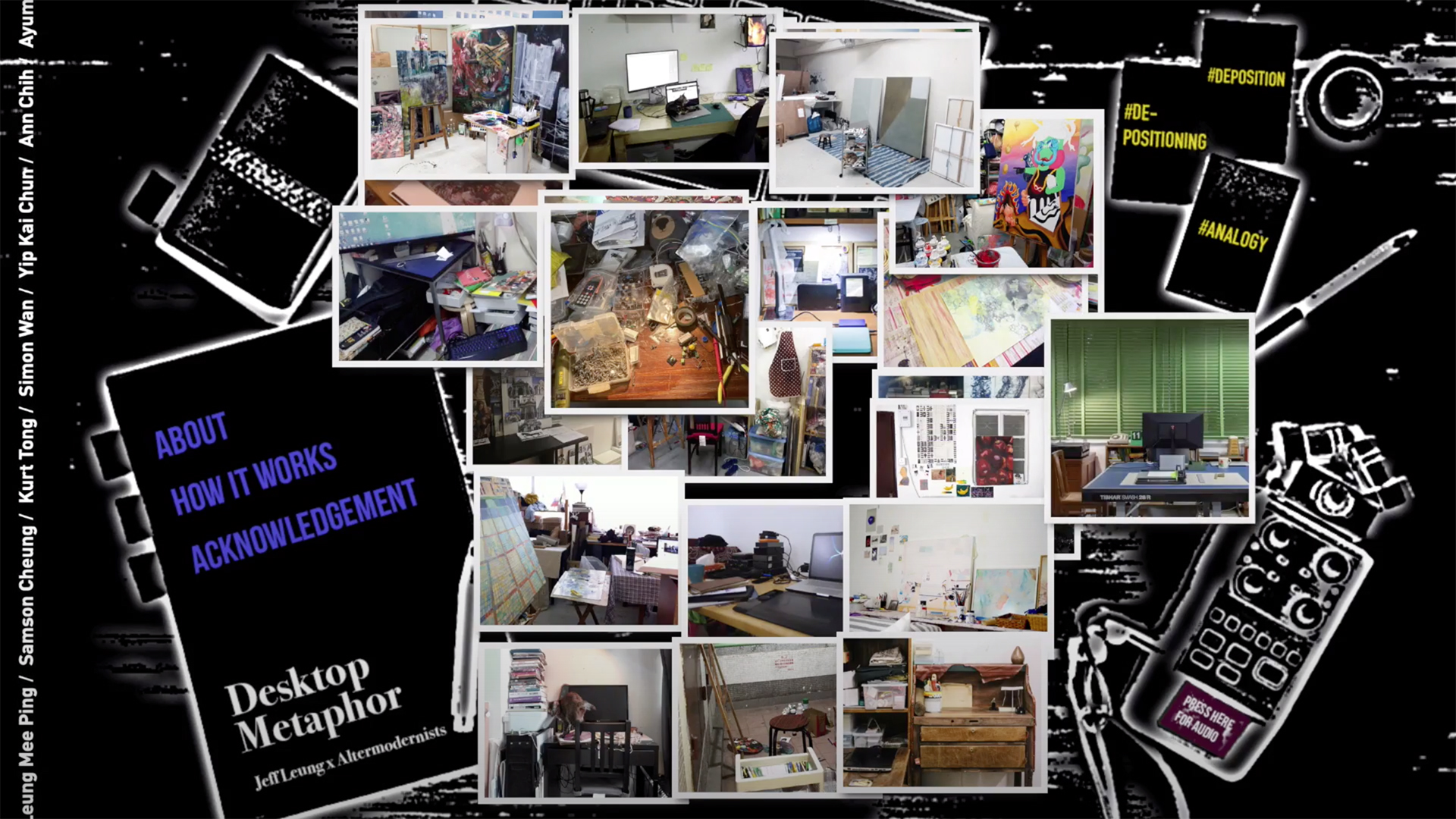
About altermodernists
Believing that art is for everyone, Altermodernists was founded to connect artists and audience. Launched in 2014, Altermodernists aims to promote art and artists in Hong Kong. Working outside of the traditional art institution/system, the platform is not just a website to document creative process but also a space to encourage connections, collaborations and experimentations.
Digital content has been one of the key things developed by the Altermodernists; there are over 40 video interviews and 100 written interviews.
Through providing multimedia content on local artists and art-spaces on its digital platform, and organising cultural events in various districts, Altermodernists aims to increase the public's understanding of art, and introduces ways to appreciate art.
It is Altermodernists’ mission to encourage the public to know more about art and artists in Hong Kong, to participate in artistic exchange, and to increase the support for the local art community.
Curator: Wong Suk Yin, Elaine

Wong lives and is based in Hong Kong. She received her Master of Fine Art (Creative Media)
from School of Creative Media, City University of Hong Kong in 2019 and holds a Bachelor
of Arts (Fine Art) degree from Royal Melbourne Institute of Technology (RMIT) University.
With a background in painting, she explores and unveils the manifolds of daily encounters
and inner conditions. She regards her practice as an investigation of the potentials of art
beyond representation, its relation to sensation, documentation and experience. Her interest
in the experiential quality of works leads her to engage in experiments with moving images,
sound and installations.
Her works have been shown in Hong Kong and international art spaces; including the Hong
Kong Heritage Museum (2018), Hong Kong Education Museum (2018), Hong Kong Visual
Arts Centre (2018), Oi! Street Art Space (2017), EXIS Korea (2017), and Poland Szczecin
European Film Festival (2017). She was one of the selected artists for 1a Space’s Emerging
Talents in Contemporary Art (2020), Art- Uni-On (AUO) Artist Mentoring Program (2017) in
Korea, and was awarded a scholarship from Hong Kong Art Centre to attend the Culture,
Graphic Design and Fine Arts program in New York School of Visual Arts (2013).
Elaine is also the founder of Altermodernists, an independent art group that is devoted to the
documentation of artists’ creative processes and promote visual arts in Hong Kong.
Artist Statement
Desktop Metaphor
desktopmetaphor.altermodernists.com
44 min 51 sec
Revisiting the website of artist interviews, Altermodernist.com
In this project, I intend to revisit altermodernists.com for studying on how archiving acts as a
part of the art creation process. The observation reminds me how digital filing is more like a way of interpreting and reconstructing the filed contents, rather than a plain preservation. Then I turn this into an excerpt version of the site, in collaboration with the artist cum the co-founder of altermodernist.com, Elaine Wong. This version is treated as an artistic representation of the observation, in order to reinforce the interpretative capacity of archiving and its digitalisation.
Desktop Scene as a Metaphor
altermodernists.com is a website consisting of over 100 of artist interviews covering practicing artists and a series of young artists who graduated in 2015 and 2014. Besides text is the basic medium of the interviews, some interviews even consist of short videos about artists monologue. Photos of artists’ works and their studios are the illustration for the articles
In the revisit, I was obsessed with the photos about the desktops where artists are working in their studios. In the photos most of the artists have a laptop on their desk, besides many notepads and scattered around the laptops. It is because we usually sit in front of our desk working in between offline reality and the online world back and forth. Hence, for me, a desktop is like a transit station between the reality and Internet world. The scenery of those desktops scattered become both the evidence of what the artists are working on and the metaphors of the mental status the artists are being. For media artists, more than one external hard drive and electric gadgets connecting to their laptops are often found. For artists working on traditional medium, there are usually filled with stationery, notes and books. The desks of the latter are often more occupied than the former.
Furthermore, the laptop with a desktop interface placed on the scattered desktops makes me curious how artists file their collectibles digitally for their artistic practices and creation process. Within the artist interviews at the altermodernist.com, it is apparently that artists would file stuff into laptops and those collected are for the initiated stage of their creations or projects. Some are keen to collect all about the past. I term this collectible as the deposition of the past. Some would like to rearrange the collected for new meaning or association. I label this act as de-positioning of the memorable. A few of instances would be mentioned for further elaboration how those act as a part of the artistic process.
Materialising the Deposition of Past
Some artists collect lots about the past and those are collected in a large amount of digital data (e.g. image, voice). Such digital formats facilitate the artists to re-present the past in different ways (e.g. sound installation, photo archive) in their own art projects. It shows that digitally archiving is an inevitable process not only for storage convenience but also a potential way of interpreting the past. Under the waves of archival art and photojournalism (e.g. Aesthetic Journalism (Cramerotti, 2009)) archive of digital photos are popular among artists to show the peculiar vision on their interest topics. For advent digitally printing, artists are freer to present photographic images in any form. By materialising the collected into tangible, some artists try to underline the overlooked messages and meanings of the collected. For instance, Kurt Tong produces a photo collection of old photos in different scale and format of images to reveal a linkage of personal stories and grand history of Chinese. Yip Kai Chun does voice recordings to revisit his relationship with others and evoke a sense of sentiment through the physical setting of the record playing.
Kurt is keen to unfold a personal history that may conceive a response to the history of a community, regarding his early project “The Queen, The Chairman and I (2009-2012)” to recent proposal “Dear Franklin. Beginning with family photos he collected, Kurt sequences the collected along with other visual documents and then presents those in the form of exhibition and album for projects. Those attempts are not only to reveal a personal history undermined but also in response to the stereotyped history of Chinese. For the project “Combing for Ice and Jade” (2011-2018), Kurt spent years collecting and producing a series of photos and photographic documents about his childhood nanny who is one of the “self-combed” women. Culture of self-combed women (Chinese bachelorette) not only shows the female autonomy against forced marriage in China (especially in South China) in 20th century but also is consist of the unique history of self-combed turn into housemaid (馬姐) when immigrated to HKG and South Asia since 30s in 20th century. Starting from 8 passport portraits of the nanny, Kurt further collected more about the nanny. There are Kurt’s family photos with a vague present of the nanny, image clippings about housemaid’s life from old magazines and photos about the nanny’s hometown. Before the launch of photo publication, the photos were presented in different scales of photographic images under exhibition format for different occasions. The nanny’s life was revealed as a personal story besides a reference of the undermined community under the grand history of Chinese immigrants.
Yip Kai Chun is an artist cum curator whose art projects consist of audio as a major component. The re-presentation of his archived audio becomes significant to address the relationship between the involvers of the audio. Initiated with his non-purposive records about his dialogue with his mother since she was diagnosed as the patient with advanced cancer, sound installation “Incomplete Finale” (2012) revived a selection of audio from over 300 recordings about the voice, whispers regarding to the last 1 and half years of his mother lifetime. In a form of neat and minimal setting, numbers of speakers were hung from the ceiling of a white-cube-style living room and they are levelled in different heights. Audience was welcomed to stay close to speakers for hearing. The retrieval of the recordings became a relief of his sentiments. In Marshall’s Medium is the Message, he addressed that medium shifts lead our paradigm of perception to the world. Yip’s setting arouses an intimacy of the dialogues through the close hearing.
In terms of Derrida's deconstructive approach to comprehend the practice of archive, archiving is to preserve the reference of the past and create a new way of presence of past rather than a solely imitation. When he discusses photography for an instance of archiving, it shows how material is involved in the making of the referent. When Kurt reprints the photos into large sizes for exhibition and edits the photos for publication, Yip constructs intimate sense on his audio records for the audience through installation settings. These show a digital format of recording the past that facilitates artistic imagination. It is because the format enables variously physical forms of presentation that may shape our memories and our sense on it. Materialisation of the archived digital data hence may contextualise the meaning of the collected.
De-Positioning The Archived Memorable
Archiving involves selecting, extracting, combining and ordering. In addition to deposition, people need to re-position those archived under one’s category logic. The categorisation not only represents the archive beholder’s understanding about archived but locate the relations between every archived. Hence categorisation becomes a way of interpretation and even constructs the new meaning from the archived.
Lau Chi Chung, like Kurt Tong, extracts stories from old photos. Differently he collected portraits and photos of strangers from the thrift stores or flea markets, and then he used those photos to tell imaginary stories with purported relationships of characters inside the photos. In “Go with the Flow” (2018) and “Lost Family” (2016), Lau compile a few of old photos from various sources into one classical photo frame and various frames are then grouped into a series under those titles. Association among the signs in photos articulates various stories from hilarious to sorrow. Lua’s framing strategy makes those irrelevant photos into relation, besides constructing new meanings and stories out of the original.
Like most of video artists, Elaine Wong has a collection of footages occasionally shot intuitively Elaine often get back to the footages for inspiration or using them in next projects
In Elaine’s video installations (e.g. Days of Swimming in the Garden (2019)), she edited those footage of seascapes and cityscapes and then presented them under the setting of multiple projections. Those re-positioned footages become an metaphoric interpretation of her subconscious message and sentiment in the format of video.
Archiving for Future: De-positioning the Deposition
Those show that every artist has one’s own archive of memories and inspiration. Digitally archiving often is either a part of collecting or a process of the artistic practice. It shall be emphasised that archiving the past and memories digitally is more about how we capture and unfold the essence of the collected respectively in the present and future. When dealing with the collected, re-presentation and categorisation significantly contextualise the meaning of the collected. Digital state of the collected (e.g. digital photos, audio files) turn the collected content into an on-going state that various actualisations (e.g. screen-playing, printout) of the digital would interpret the collected in respect of different aspects. Hence archiving is not a solely act of preservation but also a kind of reconstruction of the past.
Artist: Jeff Leung

Jeff is a Hong Kong-based curator and part-time lecturer at local universities. He used to work on exhibition administration at art institutions and commercial galleries, currently is engaged on curating exhibitions of Hong Kong Art in various place, including the cultural exhibition ‘Sparkle! Neo Travel: Creative and Cultural Docent@Community’ (2017) at public art space and the K11 Art Mall’s inaugural show ‘Hiking Arte’ (2009). Jeff often contributes art writings and guided tour to promote Hong Kong visual art. He is a voluntary docent of M+ Museum and often hired to organise art tour for local exhibitions. Jeff is the member of International Association of Art Critics Hong Kong and the art critics group Art Appraisal Club.
Y.04
altermodernists
Meeting with curator Elaine Wong & selected artist Jeff Leung (Hong Kong collective – altermodernists). Understanding Jeff Leung's practice and research while working with altermodernists.
View meeting recording
Access passcode: &bBZe43@
altermodernists October 2020
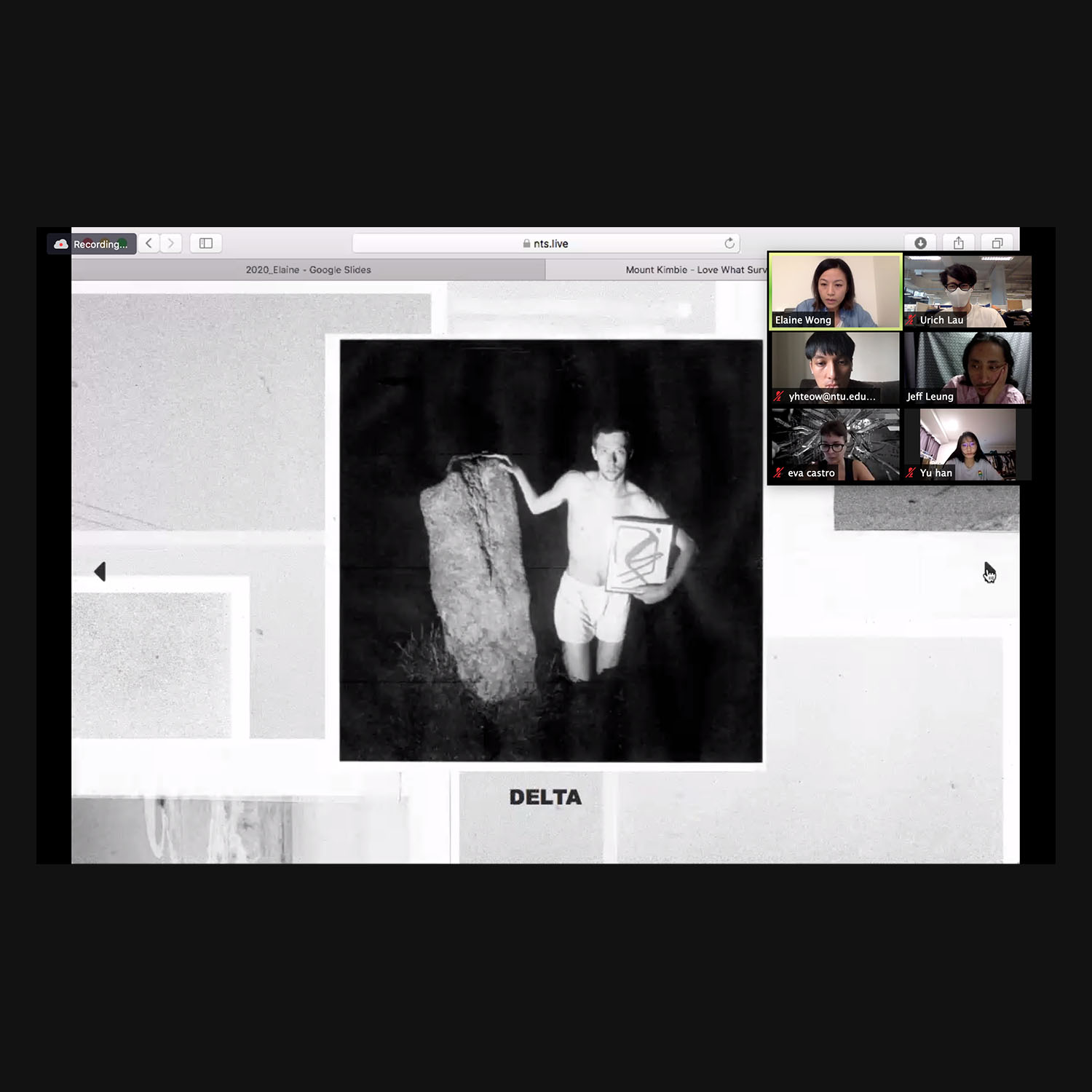
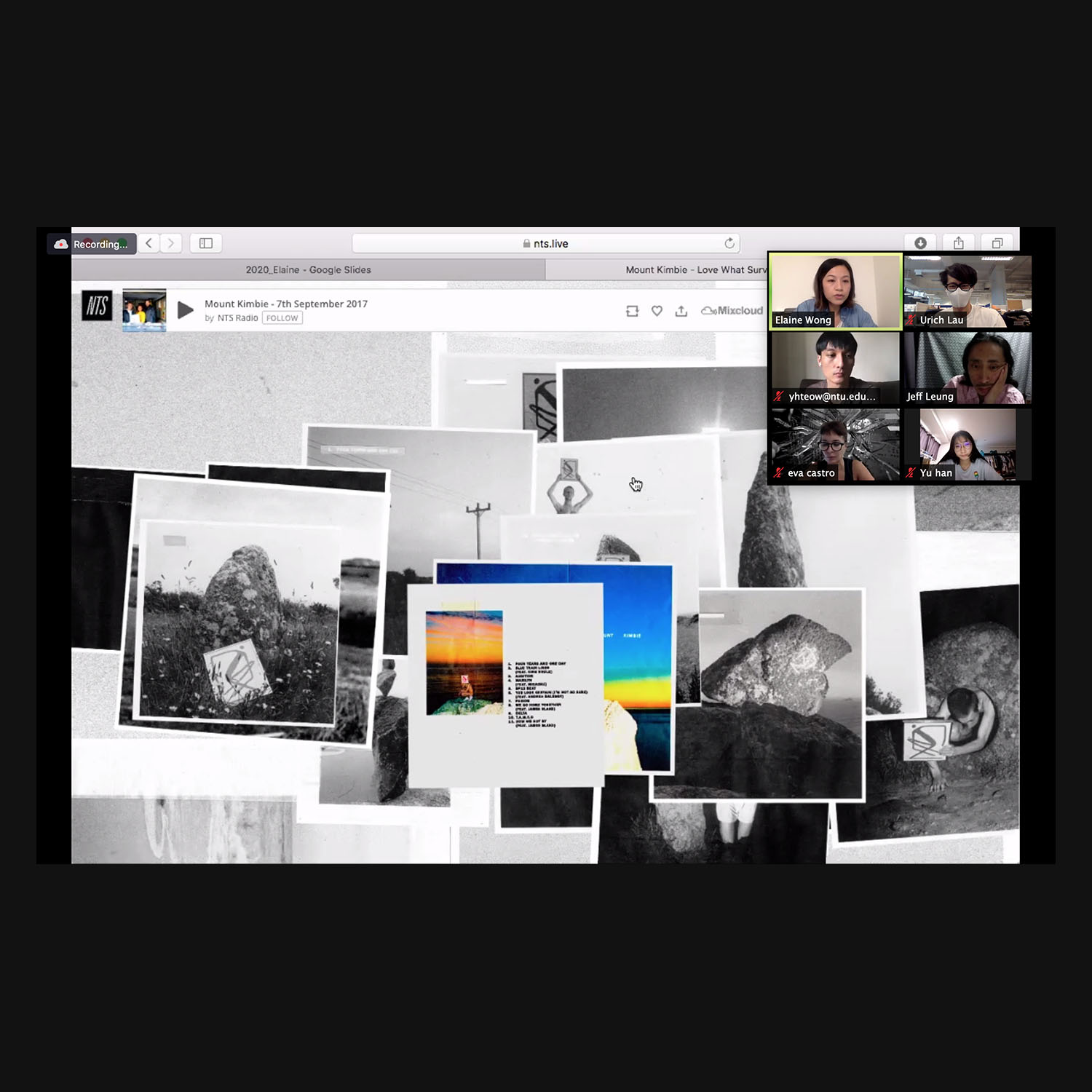
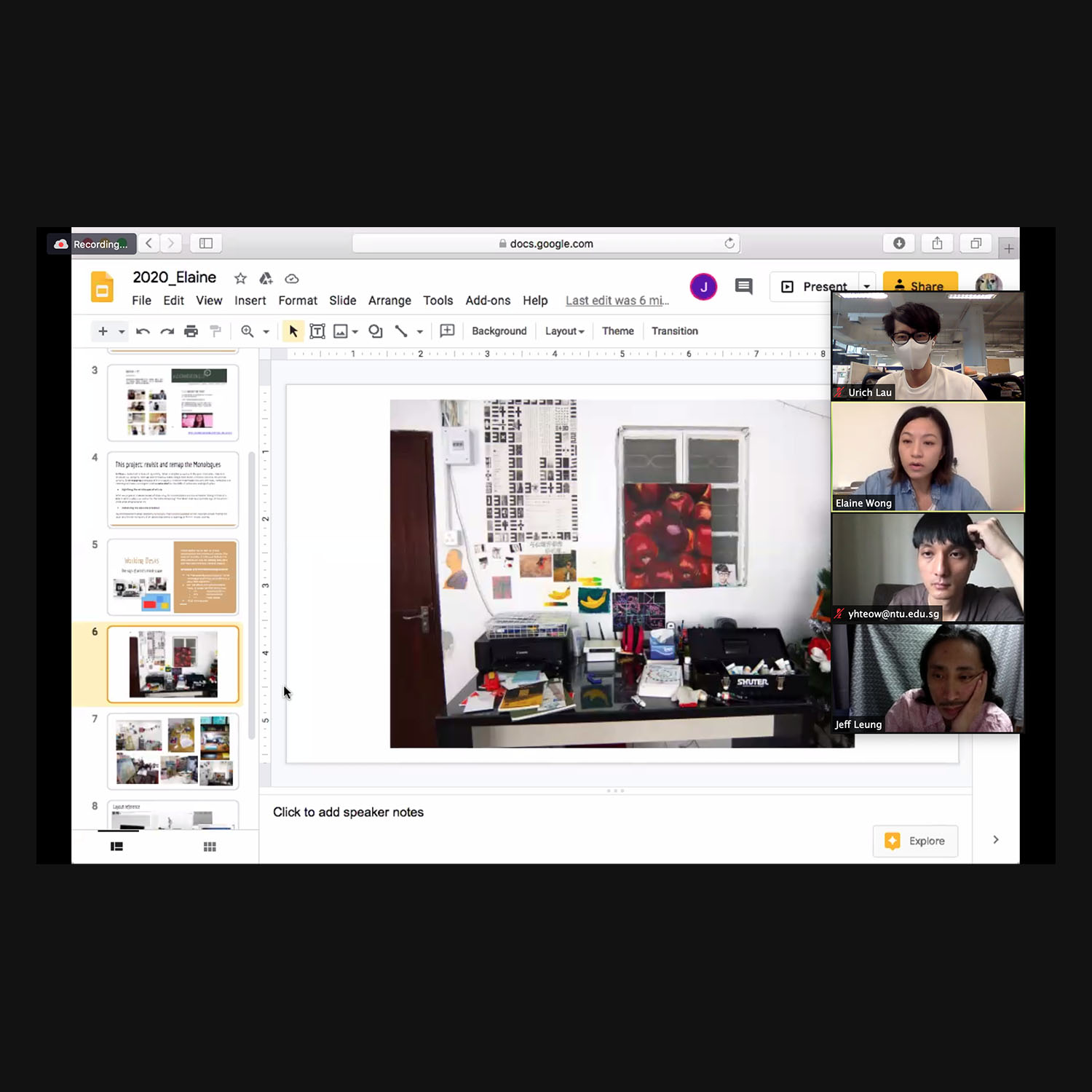
Y.01
altermodernists
Meeting with curator Elaine Wong (Hong Kong collective – altermodernists). Initial understanding of project and curatorial directions, proposed artist(s).
View meeting recording
Access passcode: *5=6^U1n
altermodernists October 2020
